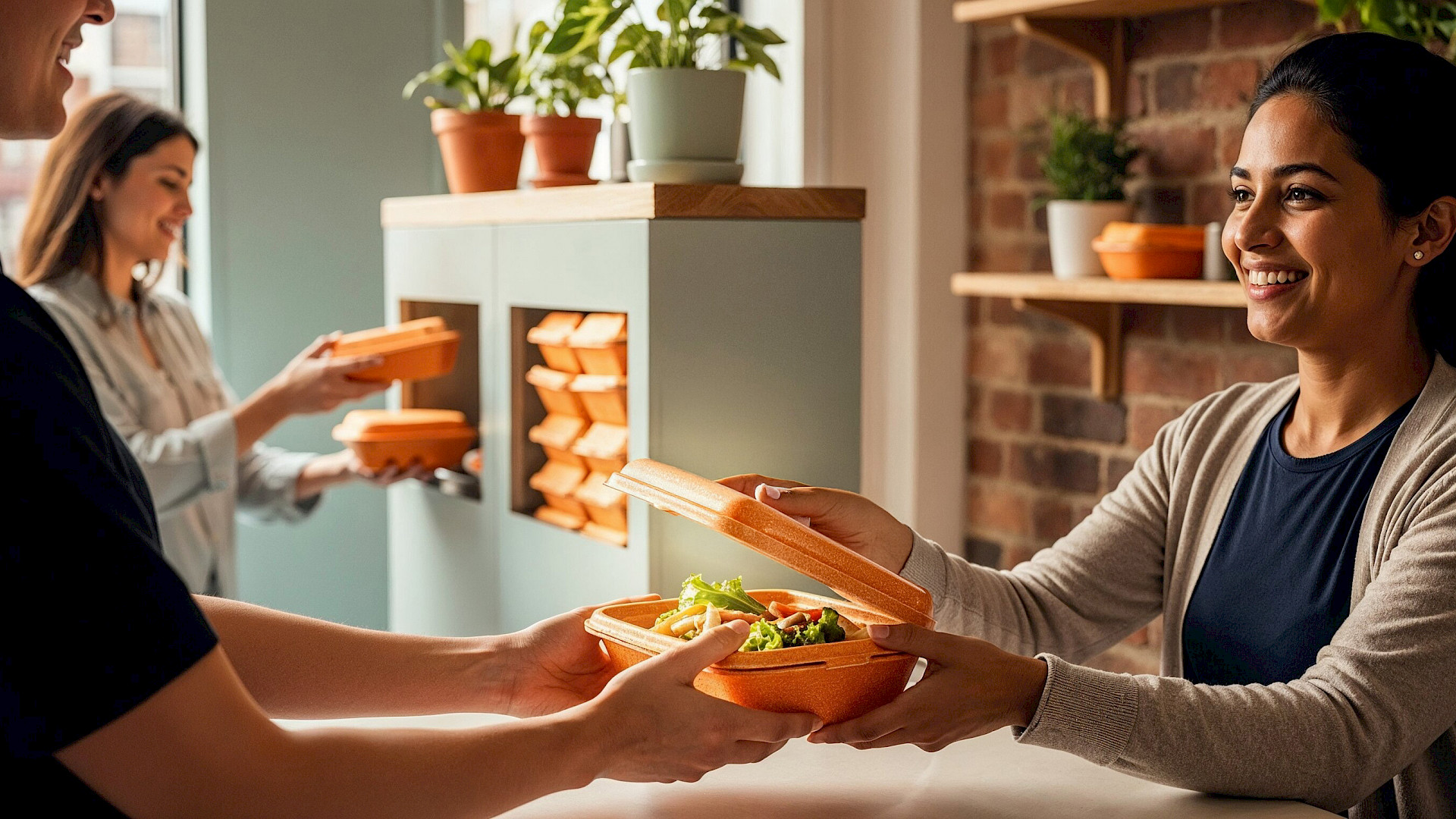PPWR:
RE-USE as the Second Pillar
The importance of RE-USE is clearly reflected in the PPWR. While REDUCE and RECYCLE each cover a fair number of articles, RE-USE accounts for nearly an entire chapter:
- Article 11 defines reusable packaging and stipulates that, where reuse is technically and economically feasible, companies must prepare for it.
- Chapter 5 (Articles 25–33) is almost entirely dedicated to reuse, covering sectoral targets, system requirements, and reporting obligations.
A brief selection of the provisions:
- Article 25 introduces general obligations for reusable packaging.
- Articles 26–29 set sectoral targets, such as:
- Hospitality: at least 10% of beverage packaging reusable by 2030, rising to 40% by 2040.
- Takeaway packaging: specific targets per Member State starting from 2030.
- Articles 30–33 set requirements for return, cleaning, and reuse systems, including obligations for producers to co-develop and finance these systems.
Still in doubt about the importance of this strategy? REDUCE and RECYCLE combined do not account for as many articles as RE-USE. This demonstrates how extensive and complex it is — and how much more needs to be regulated compared to the more “one-way compatible” adjustments of REDUCE and RECYCLE.
